Sustainable Tourism at Madu Ganga: Nurturing Nature and Communities
Madu Ganga, a pristine estuary in Sri Lanka, is not only a natural treasure but also a vibrant tourism destination. Balancing the influx of visitors with the need to protect the environment and support local communities has become a priority in the region.
Eco-Friendly Tourism: In recent years, Madu Ganga has witnessed a surge in eco-friendly tourism practices. Tour operators are increasingly adopting sustainable principles. Electric boats, solar-powered facilities, and waste-reduction measures are among the innovations designed to minimize the ecological footprint of tourism.
Responsible Travel Guidelines: To ensure that the beauty of Madu Ganga is preserved for future generations, responsible travel guidelines are being enforced. These include rules against littering, fishing, and the disturbance of wildlife. Travelers are encouraged to respect the fragile ecosystem and adhere to these guidelines.
Community Involvement: Empowering local communities is a crucial aspect of sustainable tourism. Tourism brings economic benefits to the region, and efforts are made to ensure that these benefits reach the residents. Locals are often engaged in guiding, boat operations, and cultural experiences, allowing them to showcase their heritage and earn a livelihood.
Environmental Protection: Preserving the unique mangrove ecosystem is of paramount importance. Conservation efforts include mangrove restoration, water quality monitoring, and wildlife protection. Tour operators work in tandem with environmental agencies to minimize their impact on the environment.
Madu Ganga demonstrates how responsible and sustainable tourism practices can coexist with a fragile ecosystem and local communities, ensuring that this natural wonder remains an enchanting destination for generations to come.

